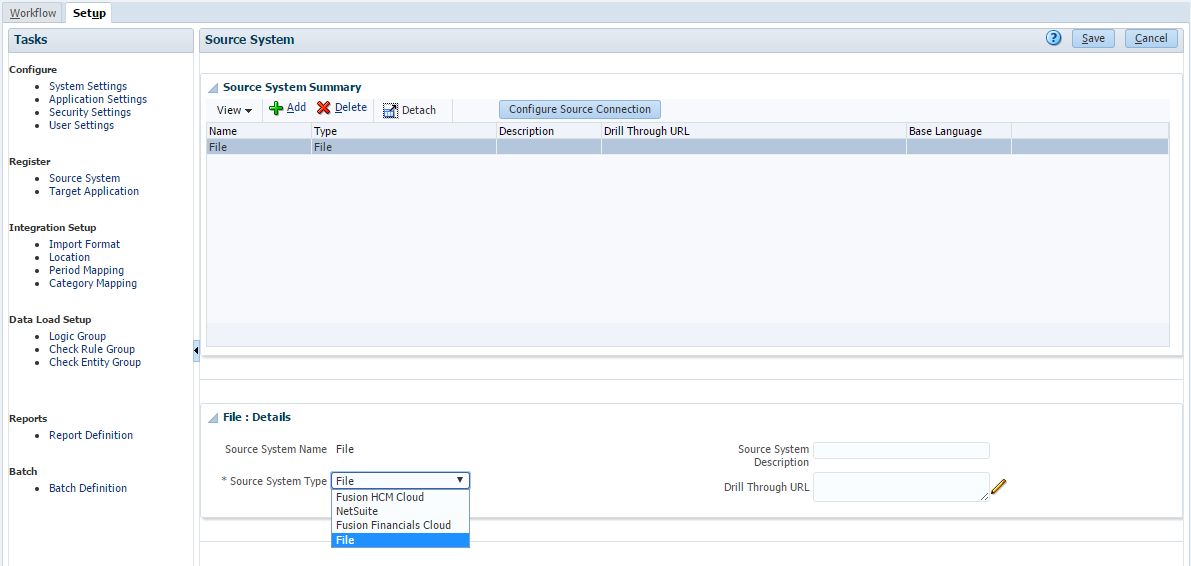Oracle releases the application updates documentation on new features and fixed issues from the Applications Release Readiness site. From there, you will be able to check the update for Customer Experience, Human Capital Management, Enterprise Resource Planning, Supply Chain Management, Enterprise Performance Management.
For PBCS / EPBCS and FCCS, usually, the latest update will be installed on the first Friday of each month to test environment, and third Friday of each month to production environment.
For the June update, it will apply the latest updates to test environment on Friday, June 2, 2017, and to production environment on Friday, June 16, 2017.
In this patch, these are the major updates:
1.Prebuilt Framework – Strategic Modeling
Strategic Modeling combines a set of rich financial forecasting and modeling features with built-in on-the-fly scenario analysis and modeling capabilities. It helps users quickly model and evaluate financial scenarios, and offers out of the box treasury capabilities for sophisticated debt and capital structure management. It provides a complete solution that can be used to build long range forecast models, perform quick financial impact analysis, and present focused financial information for informed decision making. Strategic Modeling can be used as a standalone business process or along with other business processes.
Strategic Modeling provides these key features:
- Ability to create models on the fly
- On the fly scenario Modeling
- Consolidate across scenario models
- Account forecast with out of the box forecast methods
- Audit Trail to determine how values are calculated
- Goal seek
- Funding options
- Out of the box model reports including income statement, balance sheet, and cash flow
- Create custom reports using Excel
- A built-in hierarchical chart of accounts to get you up and running quickly, along with the ability to add subaccounts for planning at a more detailed level
- The ability to check the status of consolidations from the Job Console, and the ability to customize navigation flows
- Access control to manage permissions for models
Strategic Modeling provides a familiar web and Smart View interface.

2.Ability to Create Business Rules Written in the Groovy Scripting Language
Oracle now supports the creation of business rules written in the Groovy scripting language. Groovy business rules allow customers to design sophisticated rules that solve use cases that normal business rules cannot solve; for example, rules to prevent users from saving data on forms if the data value is above a predefined threshold. Groovy rules are created in Calculation Manager, and deployed, validated, and run in the application.
3.Oracle NetSuite Integration with Oracle Enterprise Performance Management Cloud
Data Management is now available as the integration mechanism for Oracle Enterprise Performance Management Cloud customers looking to load data from Oracle NetSuite. Oracle Enterprise Performance Management Cloud customers now have direct access to Netsuite’s unified suite of cloud-based ERP, CRM and commerce applications. The integration uses the NetSuite Saved Search framework to query data from the NetSuite system, which includes pre-packaged or customer defined Saved Searches.

4.Integration of Oracle Enterprise Planning and Budgeting Cloud Workforce with Oracle Human Capital Management
In this update, Oracle Enterprise Planning and Budgeting Cloud customers who use the Workforce business process can now align and pull workforce data from Oracle HCM Cloud. Data Management provides an out of the box solution that enables customers to apply predefined mappings from the Oracle HCM Cloud data model to target dimensions in Workforce. Customers can also customize and extend these integrations, for example, by applying other mappings as needed to meet their business requirements.
5.Dashboards Offer a New Combination Chart Type
Dashboard designers and users can now select a new chart type called Combination that alternates displaying row data with vertical bars and lines in the chart. For example, the data in row 1 of a form is displayed as a bar and the data in row 2 as a line. This chart type is particularly useful when we want to compare two categories of data (for example, Germany and France’s average exchange rates over several years).
6.Ability to Manage Applications from Smart View
Service Administrators can now use Microsoft Excel to manage applications in Oracle Smart View for Office. Using a downloadable Excel workbook template, we can quickly create Planning applications in Smart View. By editing worksheets within the application template workbook, we define application properties, dimension and member properties, security (access permissions), and substitution variables. We can also load data from the template. Additionally, Service Administrators can edit and delete the application from Smart View.
7.Application Type Lite Renamed to Reporting
In this update, the Lite application type has been renamed to Reporting. A Reporting application is a basic application with one cube and the core components that we need to get up and running quickly. If we later decide that we need more complex business logic, we can convert a Reporting application into a Standard or Enterprise application.
8.New Approval Unit Status Report
We can now create an approval status report to view detailed status of the approval process. The approval status report can be filtered by approval status, scenario, version, and approval unit hierarchy. Reports can be created in XSLX, PDF, HTML, or XML formats.
9.New EPM Automate Utility Version
A new version of the EPM Automate Utility is available with this update. This version includes the updated importsnapshot command, which now provides the resetPassword option. This option determines whether the default password assigned to Identity Domain users who are created while importing snapshots into an instance must be changed after the users sign in for the first time.
The June update is a major update for EPM Cloud. It contains the integrations of NetSuite and HCM, Groovy Scripting, Prebuilt Strategic Modeling Framework, etc.
I will keep my eyes on the monthly updates, and will share more ideas in the future blogs. See you next time.









